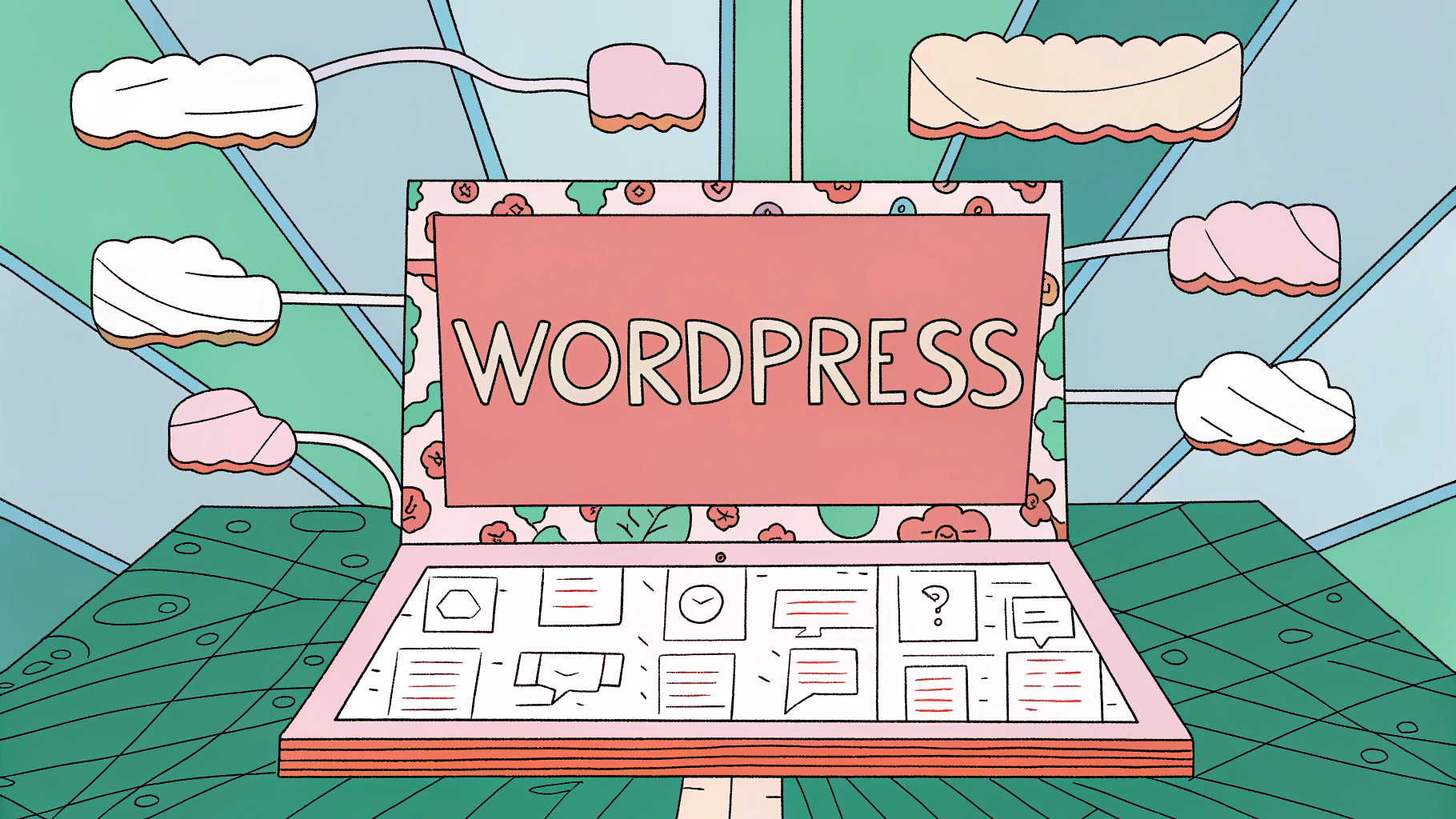Marketing teams are drowning in content demands. Between email campaigns, social media posts, ad copy, and landing pages, the pressure to produce high-converting copy at scale has never been higher. That's where ai copywriting tools come in, transforming how marketers create content that actually converts.
I've spent the last three months testing dozens of AI copywriting platforms, running real campaigns, and measuring actual conversion rates. The results? Some tools are game-changers, while others are just expensive word generators.

Why AI Copywriting Tools Matter for Marketers
Speed isn't the only advantage here. The best AI writing platforms analyze thousands of high-performing campaigns to suggest copy variations that actually work. They understand psychological triggers, test different angles, and help you avoid the blank page syndrome that kills productivity.
But here's what most people miss: consistency. When you're running campaigns across multiple channels, maintaining brand voice while optimizing for different audiences becomes nearly impossible manually. AI tools solve this by learning your brand's tone and adapting it for different contexts.
What Makes a Great AI Copywriting Tool for Conversion
Not all AI copywriting tools are built for marketing. The ones that actually move the needle have specific features that generic writing assistants lack.
- Conversion-focused templates for ads, emails, and landing pages
- A/B testing capabilities or integration with testing platforms
- Brand voice training and consistency features
- Integration with popular marketing platforms like HubSpot, Mailchimp, or Facebook Ads
- Performance analytics and optimization suggestions
- Multiple output variations for testing different angles
Our Testing Methodology and Evaluation Criteria
We didn't just play around with these tools. Each platform went through rigorous real-world testing across different marketing scenarios. Here's exactly how we evaluated them.
Key Performance Metrics We Measured
Every tool was tested on the same criteria to ensure fair comparison. We measured output quality, conversion potential, ease of use, and integration capabilities.
- Copy Quality Score: Readability, persuasiveness, and brand alignment
- Template Variety: Range of marketing-specific templates available
- Customization Options: Ability to fine-tune tone, style, and messaging
- Integration Capabilities: How well it works with existing marketing tools
- Learning Curve: Time needed to get productive results
- Value for Money: Features per dollar spent
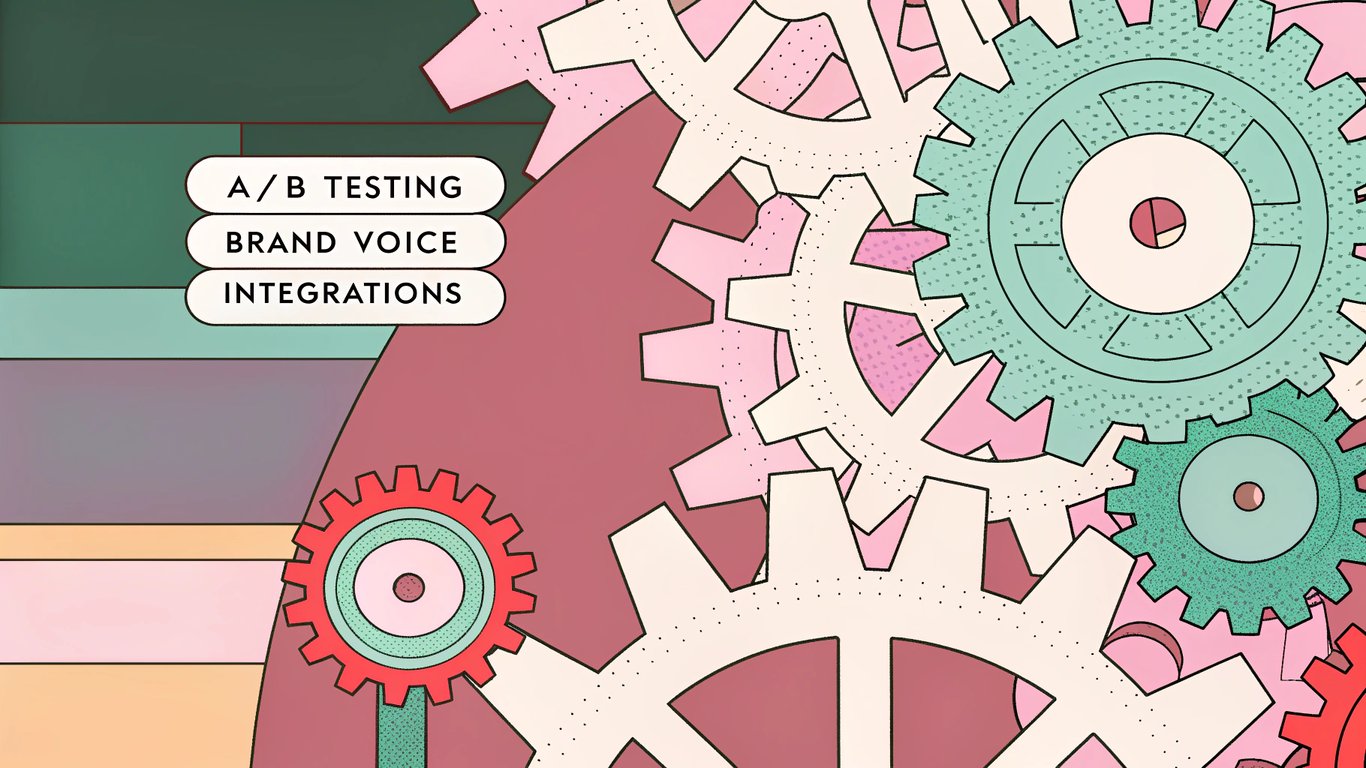
Real-World Testing Scenarios
We tested each tool across five common marketing scenarios: Facebook ad headlines, email subject lines, product descriptions, landing page copy, and social media posts. Each scenario used the same brief to ensure consistent comparison.
The testing involved creating 10 variations of each copy type, then evaluating them based on marketing best practices and conversion psychology principles. We also ran select pieces through actual A/B tests to measure real performance.
Top 10 AI Copywriting Tools: Detailed Reviews and Comparisons
After extensive testing, these 10 tools stood out for their marketing-focused features and conversion optimization capabilities. Each has unique strengths that make them suitable for different team sizes and use cases.
1. Jasper - Best Overall for Marketing Teams
Jasper consistently produced the highest-quality marketing copy in our tests. Its brand voice feature learns your company's tone remarkably well, and the marketing-specific templates cover everything from AIDA frameworks to PAS formulas.
What sets Jasper apart is its Boss Mode, which lets you give complex instructions and context. Instead of filling out template fields, you can describe your campaign goals, target audience, and desired outcome in natural language.
Best for: Mid to large marketing teams with diverse content needs and budget flexibility. The learning curve is steeper than simpler tools, but the output quality justifies the investment.
2. Copy.ai - Best for Conversion Optimization
Copy.ai excels at creating multiple variations of the same copy, which is crucial for A/B testing. Their workflow feature lets you create entire campaign sequences, from initial ad copy to follow-up emails.
The platform's strength lies in its conversion-focused templates. Each template is built around proven psychological triggers and includes guidance on when and how to use different approaches.
Best for: Performance marketers who run lots of A/B tests and need high-volume copy generation with consistent quality.
3. Writesonic - Best Value for Small Marketing Teams
Writesonic offers impressive functionality at a fraction of the cost of premium tools. Their Sonic Editor combines AI writing with a Google Docs-like interface, making it easy for teams to collaborate on copy.
The tool particularly shines for e-commerce copy, with specialized templates for product descriptions, Amazon listings, and shopping ads. The quality isn't quite at Jasper's level, but it's more than adequate for most marketing needs.
Best for: Small to medium businesses that need professional copy without premium pricing. Great for e-commerce and content marketing teams.
4-10. Additional Top-Performing AI Copywriting Tools
4. Anyword: Stands out for its predictive performance scores. The platform analyzes your copy and predicts how well it will perform based on historical data from similar campaigns.
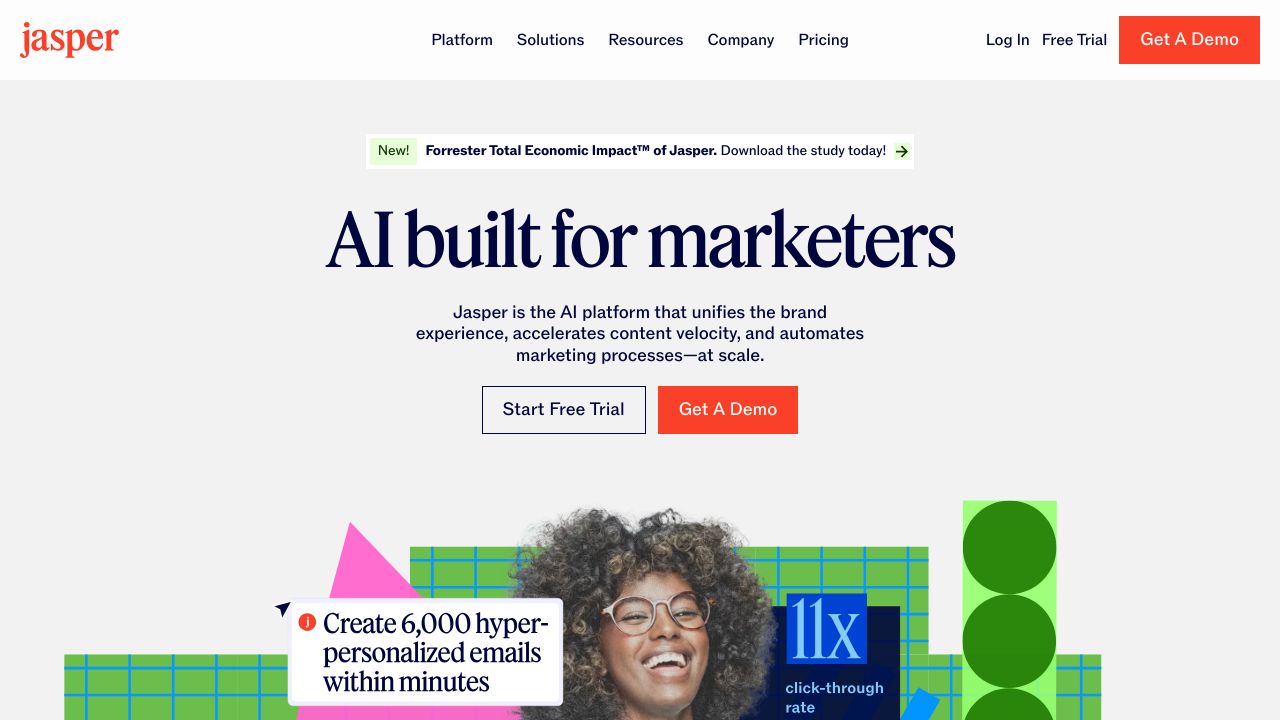
5. Rytr: Extremely user-friendly with a clean interface. Perfect for beginners who want quality copy without complexity. Limited customization but excellent for standard marketing copy.
6. Peppertype.ai: Focuses heavily on content marketing with strong SEO optimization features. Great for teams that need both marketing copy and blog content.
7. Copysmith: Built specifically for e-commerce with bulk generation capabilities. Can create hundreds of product descriptions in minutes while maintaining quality.
8. Closers Copy: Designed by copywriters for copywriters. Includes advanced frameworks and psychological triggers that many other tools miss.
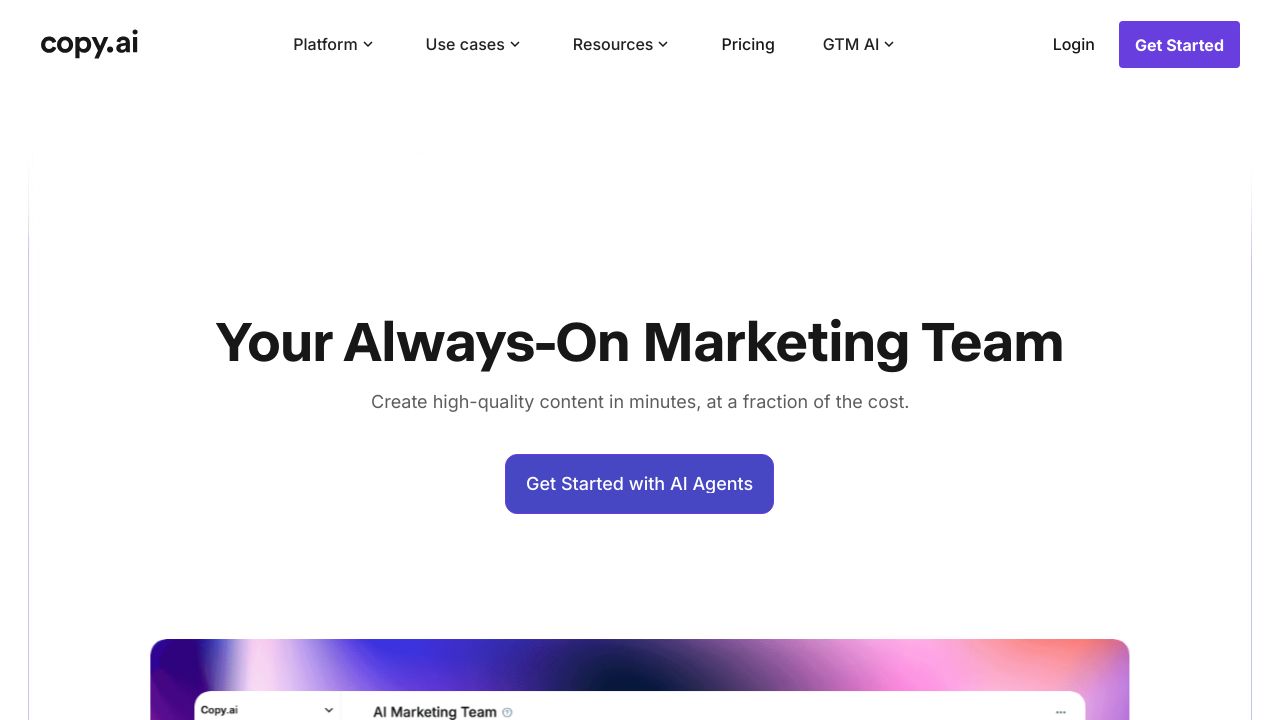
9. Conversion.ai (now Jarvis): Strong integration capabilities with popular marketing platforms. Seamlessly connects with your existing workflow.
10. Snazzy AI: Excellent for social media copy with platform-specific optimization. Understands character limits and engagement patterns for different social networks.
Feature-by-Feature Comparison Matrix
Here's how the best AI tools for content teams stack up across the features that matter most for marketing teams. This comparison focuses on capabilities that directly impact conversion rates and workflow efficiency.
Marketing Copy Templates and Formats
| Tool | Ad Copy Templates | Email Templates | Landing Page Copy | Social Media |
|---|---|---|---|---|
| Jasper | 50+ | 25+ | 15+ | 30+ |
| Copy.ai | 40+ | 20+ | 10+ | 35+ |
| Writesonic | 35+ | 15+ | 12+ | 25+ |
| Anyword | 30+ | 18+ | 8+ | 20+ |
| Rytr | 25+ | 12+ | 6+ | 15+ |
Conversion Optimization Features
The ability to optimize for conversions separates marketing-focused AI tools from general writing assistants. Here's what each platform offers for improving your conversion rates.
- A/B Testing Integration: Jasper and Copy.ai lead here with direct integrations to testing platforms
- Performance Prediction: Anyword's unique feature that scores copy before you publish
- Variation Generation: Copy.ai excels at creating multiple versions for testing
- Conversion Framework Templates: Closers Copy and Jasper offer the most comprehensive frameworks
Integration and Workflow Capabilities
The best ai copywriting tools don't exist in isolation. They integrate seamlessly with your existing marketing stack, from CRM systems to social media schedulers.
Jasper leads in enterprise integrations with connections to Salesforce, HubSpot, and major ad platforms. Copy.ai focuses on workflow automation, while Writesonic offers solid API access for custom integrations.
Pricing Analysis and ROI Considerations
Pricing varies dramatically across AI copywriting tools, but the cheapest option isn't always the best value. Here's how to calculate the real cost and potential return on investment.
Free vs. Paid Plans: What You Get
Most platforms offer free tiers, but they're typically limited to basic templates and low word counts. For serious marketing use, you'll need a paid plan.
- Free Plans: Good for testing and light use, usually 2,000-10,000 words per month
- Starter Plans ($20-50/month): Suitable for small teams, includes most templates
- Professional Plans ($50-100/month): Full feature access, higher word limits, team collaboration
- Enterprise Plans ($100+/month): Custom integrations, dedicated support, unlimited usage
Cost-Per-Conversion Analysis
The real value comes from improved conversion rates and time savings. If an AI tool helps you create copy that converts 20% better, the ROI calculation becomes straightforward.
Consider a marketing team spending 10 hours per week on copywriting. At $50/hour, that's $500 weekly in labor costs. An AI tool that cuts this time in half while improving results pays for itself quickly, even at premium pricing.
Best Practices for Using AI Copywriting Tools in Marketing
Having the right tool is just the beginning. How you use it determines whether you get mediocre results or marketing copy that actually converts. Here are the strategies that separate successful AI copywriting from generic output.
Optimizing Prompts for Marketing Copy
The quality of your input directly affects the quality of output. Vague prompts produce vague copy. Specific, detailed prompts with clear context generate copy that actually works.
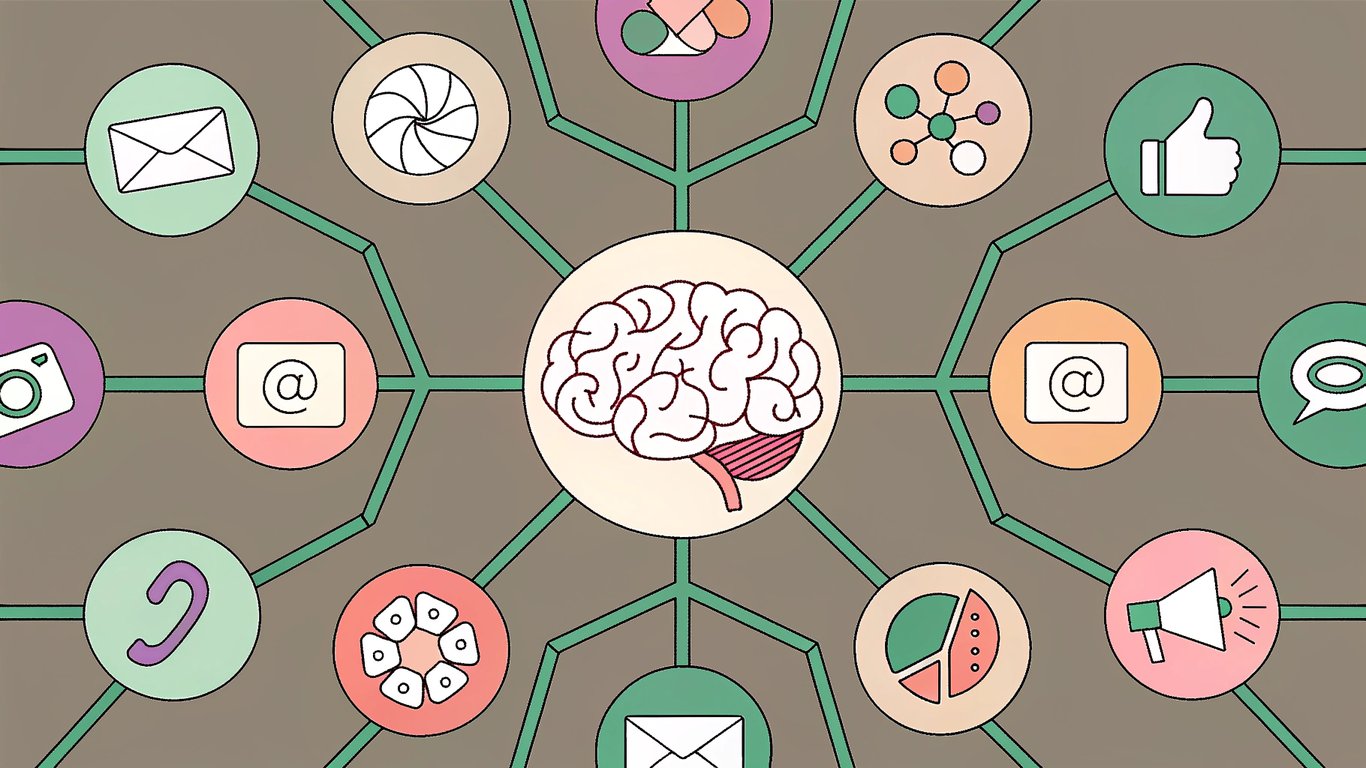
Instead of "Write an ad for my product," try "Write a Facebook ad for busy working mothers aged 25-40 who struggle with meal planning. The product is a meal kit service that delivers pre-portioned ingredients. Focus on time-saving benefits and family health. Use an empathetic, understanding tone."
A/B Testing AI-Generated Copy
Never assume the first version is the best version. Generate multiple variations and test them against each other. The best ai copywriting tools make this easy by creating several options automatically.
- Test different emotional appeals (fear vs. desire vs. social proof)
- Vary the length (short punchy vs. longer explanatory)
- Try different calls-to-action
- Test various value propositions
- Experiment with different opening hooks
Integrating AI Tools into Your Marketing Workflow
The most successful teams don't replace their entire process with AI. They strategically integrate it at specific points where it adds the most value.
Start with ideation and first drafts, then use human expertise for refinement and brand alignment. Use AI for volume tasks like product descriptions or social media posts, but keep human oversight for high-stakes copy like major campaign launches.
Future Trends and Final Recommendations
The AI copywriting space evolves rapidly. What works today might be outdated in six months. Here's what's coming next and how to choose the right tool for your specific needs.
What's Coming Next in AI Copywriting for Marketing
Real-time performance optimization is the next frontier. Imagine AI that automatically adjusts your ad copy based on current performance data, or tools that personalize email copy for individual recipients at scale.
Voice and video integration is also emerging. Soon, you'll be able to generate not just written copy, but complete multimedia campaigns with consistent messaging across all formats.
Our Top Picks by Use Case
- Enterprise Marketing Teams: Jasper for comprehensive features and brand consistency
- Performance Marketers: Copy.ai for A/B testing and conversion optimization
- Small Businesses: Writesonic for best value and ease of use
- E-commerce: Copysmith for bulk product descriptions and shopping ads
- Content Marketing: Peppertype.ai for SEO-optimized copy and blog content
Getting Started: Your Next Steps
Don't overthink the choice. Most tools offer free trials, so start with the one that best matches your primary use case. Test it on real projects, not hypothetical scenarios.
Focus on learning one tool well rather than jumping between platforms. The real value comes from understanding how to craft effective prompts and integrate AI into your existing workflow, not from having access to every available feature.
Remember, these ai copywriting tools are assistants, not replacements. The most successful marketers use them to amplify their creativity and productivity, not to eliminate human judgment from the process entirely.


